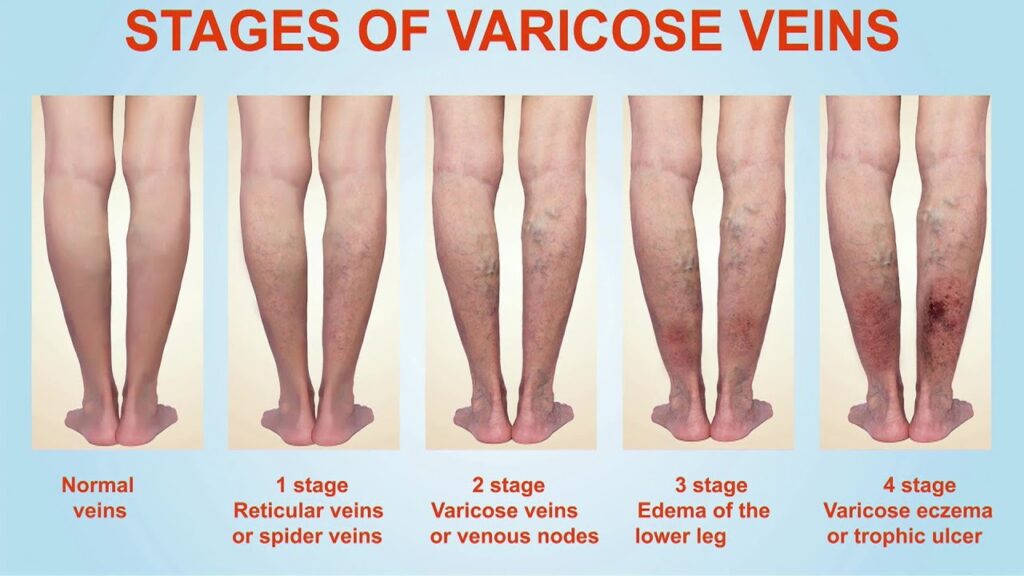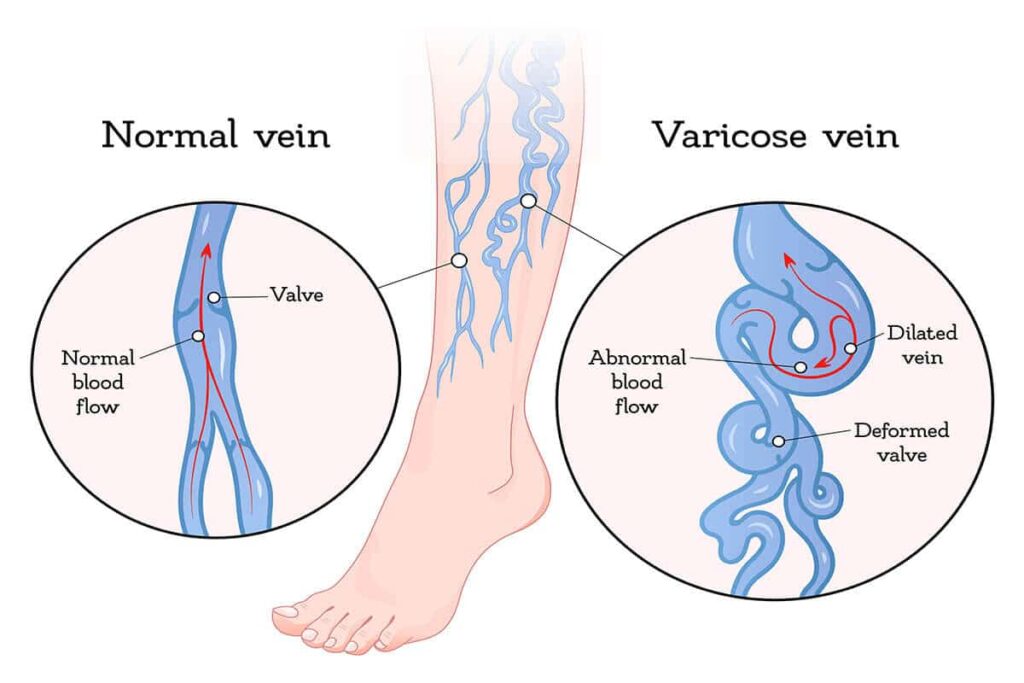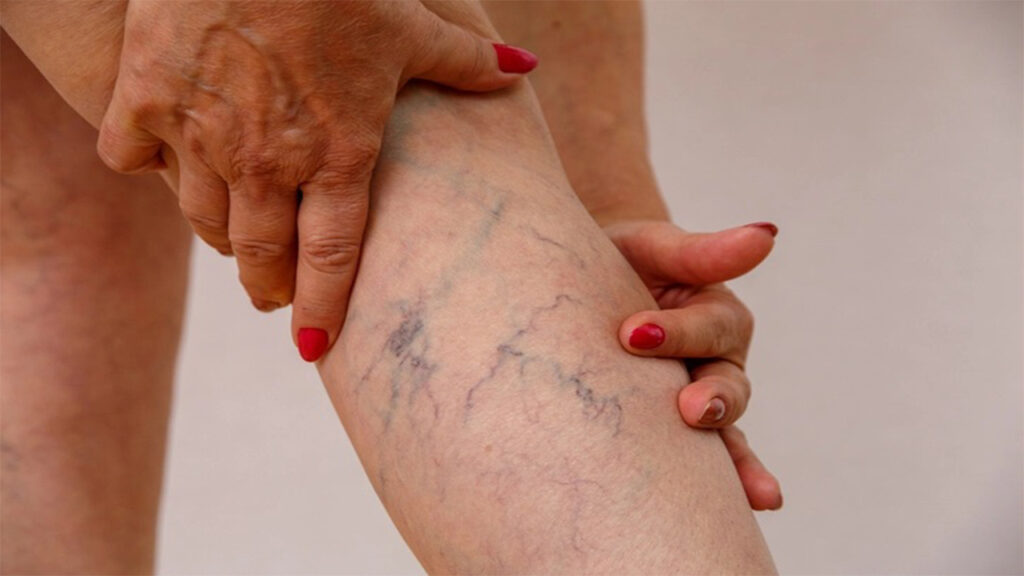Although they can be quite uncomfortable for people who have them, varicose veins are rarely a serious condition.
They typically affect the legs and feet of sufferers and might seem black, purple, or frequently red. Although they can result in irritation, soreness, burning, and a throbbing sensation as well as low self-esteem in sufferers, they are frequently only a cosmetic issue.
Foods that affect your Brain and reduce your intelligence | Breast cancer patients can choose a smaller surgery for cure
varicose veins how to prevent: Blood flows backwards and collects in the veins, causing varicose veins. This happens when tiny valves inside the veins cease working properly, causing the blood to flow irregularly. Varicose veins come in three different varieties.
The three forms include telangiectasia varicose veins, reticular varicose veins, which are red and clustered closely together in a network, and trunk varicose veins, which are thick and knobbly (thread or spider veins: small clusters, can appear on our face and legs).

Varicose veins affect women more frequently than males because, according to study, female hormones relax the walls of veins, increasing the risk of valve leakage.
Varicose veins have also been linked to genetics; people are more prone to develop them if they have relatives who have them. Additionally mentioned as significant causes are ageing and being overweight, as well as long-standing jobs and pregnancy, all of which put more strain on your veins.
Varicose Veins affected areas
- varicose veins upper thigh
- varicose veins hands
- varicose veins face
- varicose veins scrotum
- varicose veins nose
- varicose veins knee
- varicose veins groin
- varicose veins uterus
- varicose veins vulva
- varicose veins labia
- varicose veins arms
How to Prevent Varicose Veins from Getting Worse
Although there is limited proof that varicose veins can be stopped from forming, the NHS has issued advice that may assist to minimise their severity and stop them from getting worse from varicose veins bruise.
The NHS advises moving about every 30 minutes to avoid standing or sitting stationary for extended periods of time. The discomfort caused by varicose veins symptoms can also be reduced by taking regular breaks throughout the day to rest and elevating the legs on cushions.
Exercise has been recommended as another strategy to help stop varicose veins from getting worse because it will aid with blood flow throughout the body and keep a person at a healthy weight.

Other medical professionals have recommended that pregnant women sleep on their left side to assist prevent the development of varicose veins. According to Healthline, one of the main reasons of the illness is pregnancy, and sleeping on the left side helps relieve pressure from an enlarging uterus on the large veins in the pelvic region, which is situated on the middle-right side of the body.
People who have varicose veins have a medical option. However, there are lengthy waiting lists, and while cheaper private treatments outside of the NHS may be alluring, they may actually worsen existing problems. Dr. Jag Naik stated to the ECHO at the beginning of the month that a combination of limited NHS eligibility and expensive private care may “drive people into particular courses.”
Because the varicose veins’ trunk and branches weren’t correctly treated, Dr. Naik has healed patients whose prior treatments failed. On rare occasions, patients who are allergic to the treatment’s chemical collapse and experience “terrifying” symptoms.

